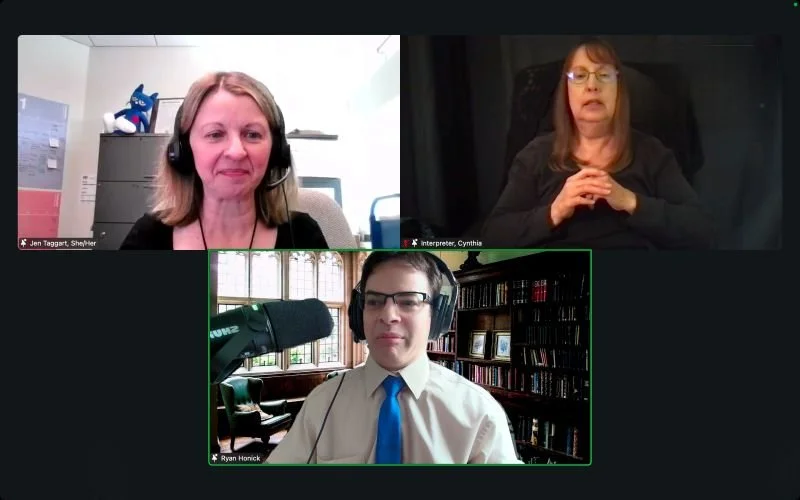A black-and-white photo of a man in a suit pointing directly toward the camera, mid-sentence, conveying authority or confrontation.
When I hear a CEO say “get on board or quit,” my brain freezes.
I sit there for a minute, stunned that this even needs to be said.
What that really means is: Don’t question us. Don’t need anything. Don’t exist differently.
We’ve reached a point in workplace culture where control is being sold as leadership.
That’s not strength. It certainly isn't leadership.
As Sarah E. Needleman K. and Julia Hornstein recently wrote in Business Insider, the new mantra from companies like Palantir Technologies, GitHub, AT&T, Shopify and Coinbase is clear:
Embrace the company’s politics, its AI, its in-office mandate—or leave.
That’s control disguised as “efficiency.”
Let’s pause on that for a second, because this has nothing to do with work style and everything to do with power.
A real leader asks, how do I bring more people in?
A fearful one asks, how do I push people out?
Disabled employees—including me—are told to “prove” we can do the jobs we’ve already been hired to do.
We get accommodations approved one year, then re-fought the next because a new manager wants to “tighten culture.”
Meanwhile, as Kandiss Edwards at Black Enterprise Magazine noted, even showing up has a price tag now, about $55 a day for workers asked to return to the office.
That control? Someone’s paying for it.
Here’s the thing.
If you don’t trust your employees, look in the mirror and ask why.
Trust isn’t a perk.
It’s infrastructure.
It’s how access works.
Access isn’t extra. It’s how we exist.
If you’re leading with surveillance instead of support, you’re not leading.
The upfront cost? Turnover. Morale. But nothing gets tarnished faster than reputation and legacy. Something that takes decades to build and mere minutes to destroy.
At some point, people remember how you made them feel.
They remember if you led through fear or through trust.
So before you demand loyalty, ask yourself this:
What kind of culture are you loyal to?
And what does that loyalty cost the people you lead?







